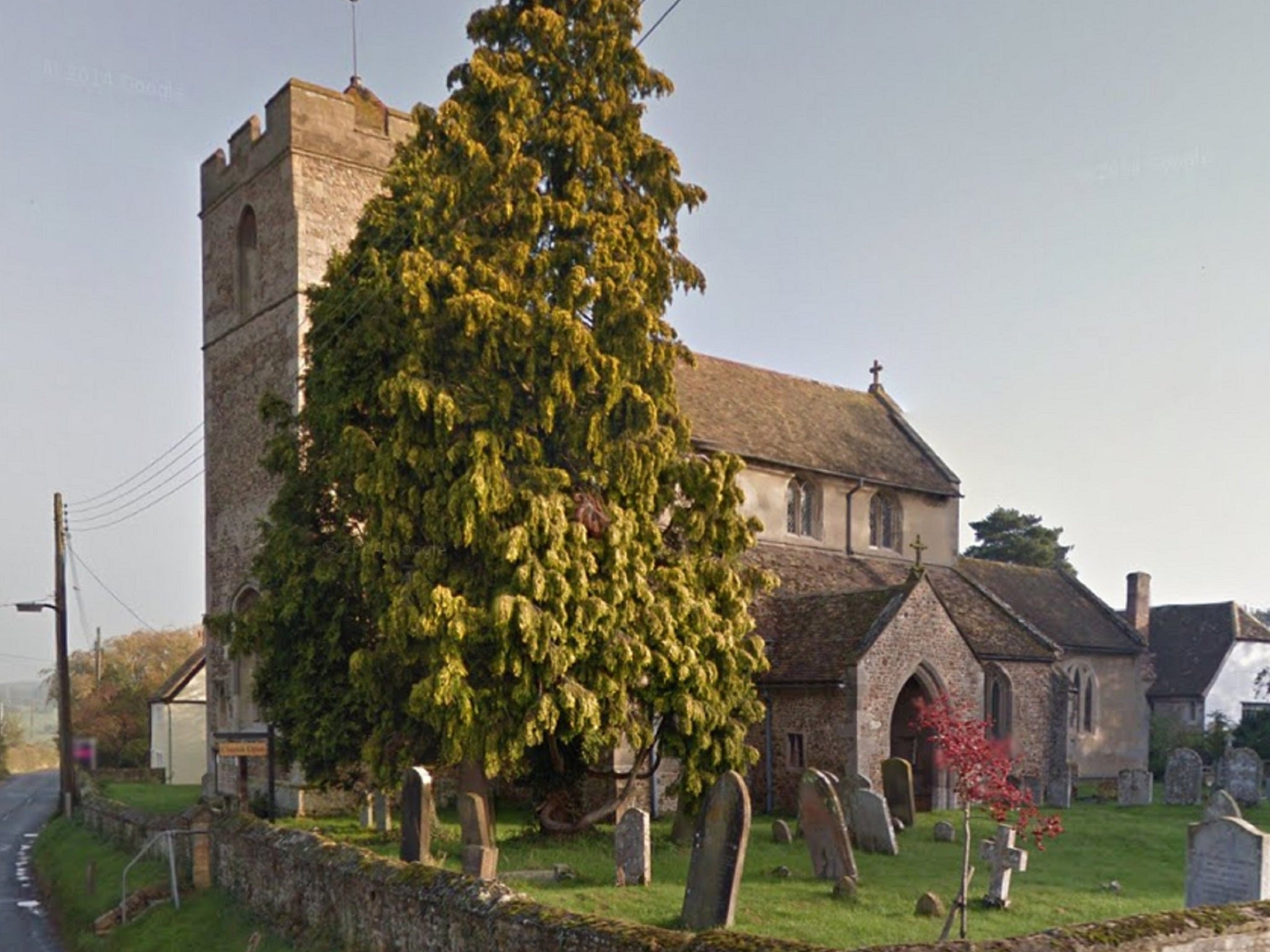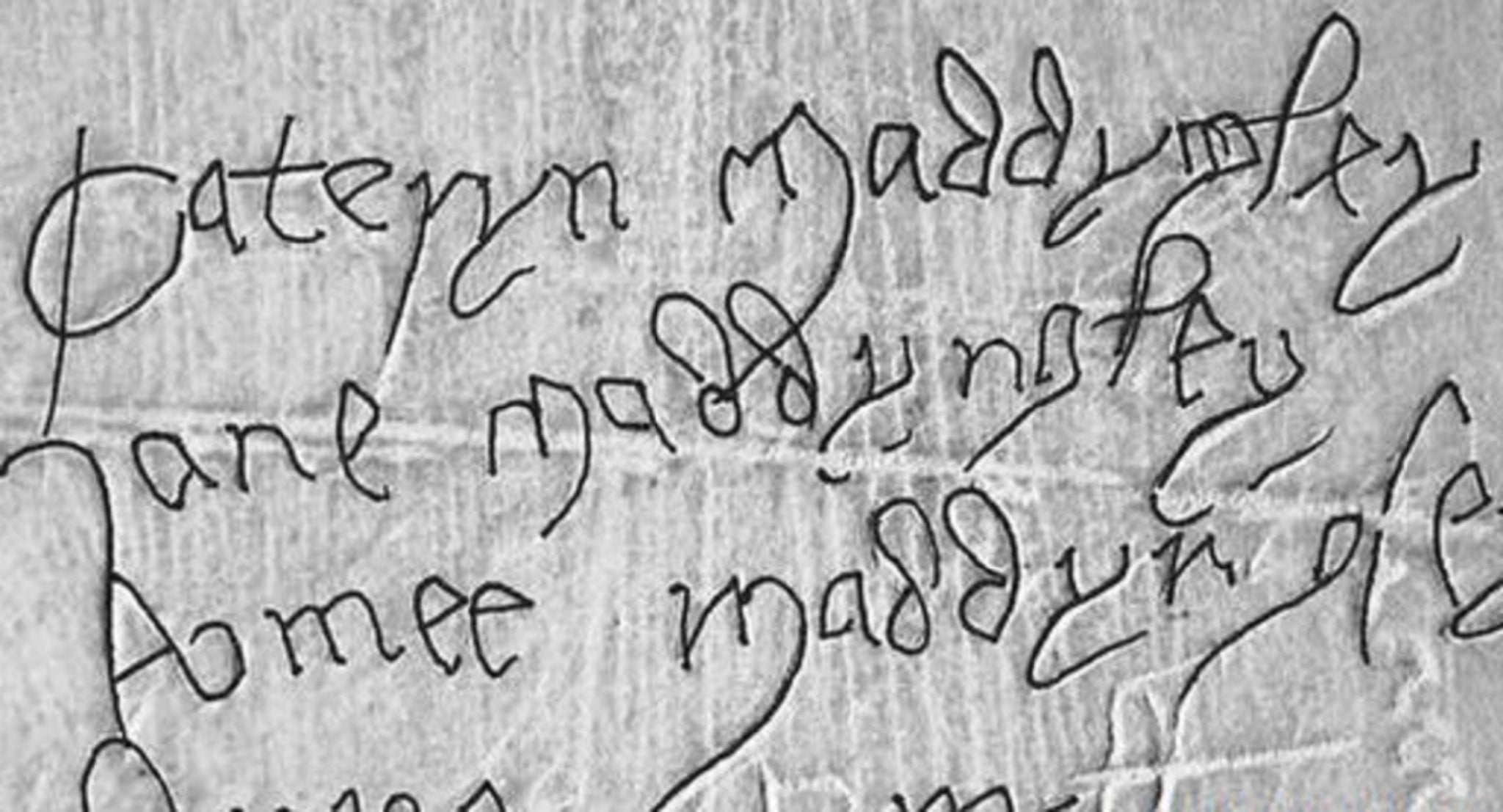'Heartbreaking' church graffiti shows bubonic plague had killed three sisters in one family
The plague occurred in spates between the 1300s and 1600s

Graffiti engraved in church stone five hundred years ago reveals three siblings had died during an outbreak of the bubonic plague.
The names Cateryn, Jane and Amee Maddyngley with the year 1515 was found inscribed in stone in All Saints and St Andrew church in Cambridgeshire, the BBC reports.
The graffiti was found hidden under limewash near the door of the parish church by volunteers from Norfolk and Suffolk Medieval Graffiti Survey.

Archaeologist Matt Champion told the BBC: “The most heartbreaking inscriptions are those that refer to long-dead children.”
The disease was so widespread during outbreaks between the 1300s and late 1600s that it drove monarch Henry VIII from his London residence to Windsor, and forced him to withdraw from all business and duties.
However, the plague soon caught up with him and killed some members of his household.
Bubonic plague, which was spread by fleas that lived on rats and humans, could kill a person within a week. In extreme cases, whole families died.

The three names found in the stone are said to belong to children as they are not noted down as being adults in any records, Mr Champion said.
He believes that while elite figures were remembered by statues and plaques, the voices of the masses and working class were expressed through wall inscribings and writings.
The image of the graffiti has been edited to make the writing more visible.
Volunteers find the faint stone engravings by searching carefully with torches.
Join our commenting forum
Join thought-provoking conversations, follow other Independent readers and see their replies
Comments